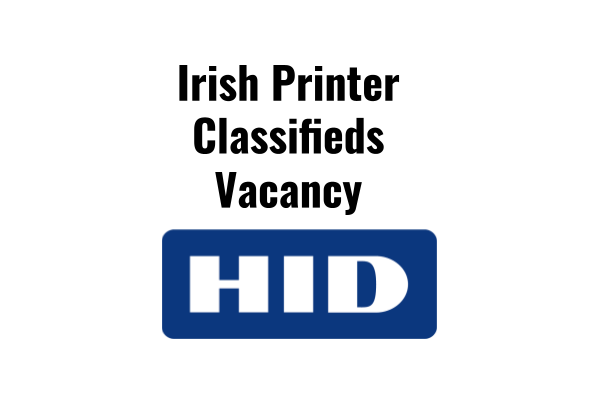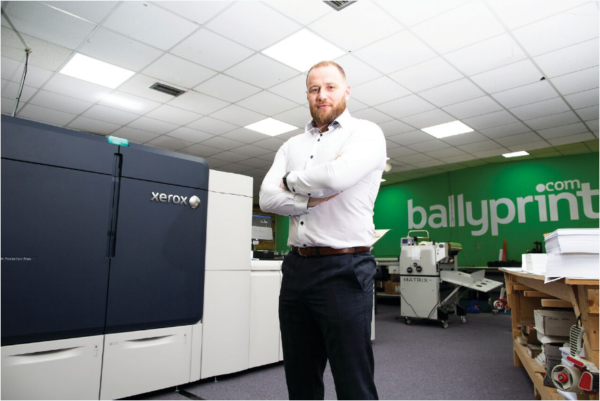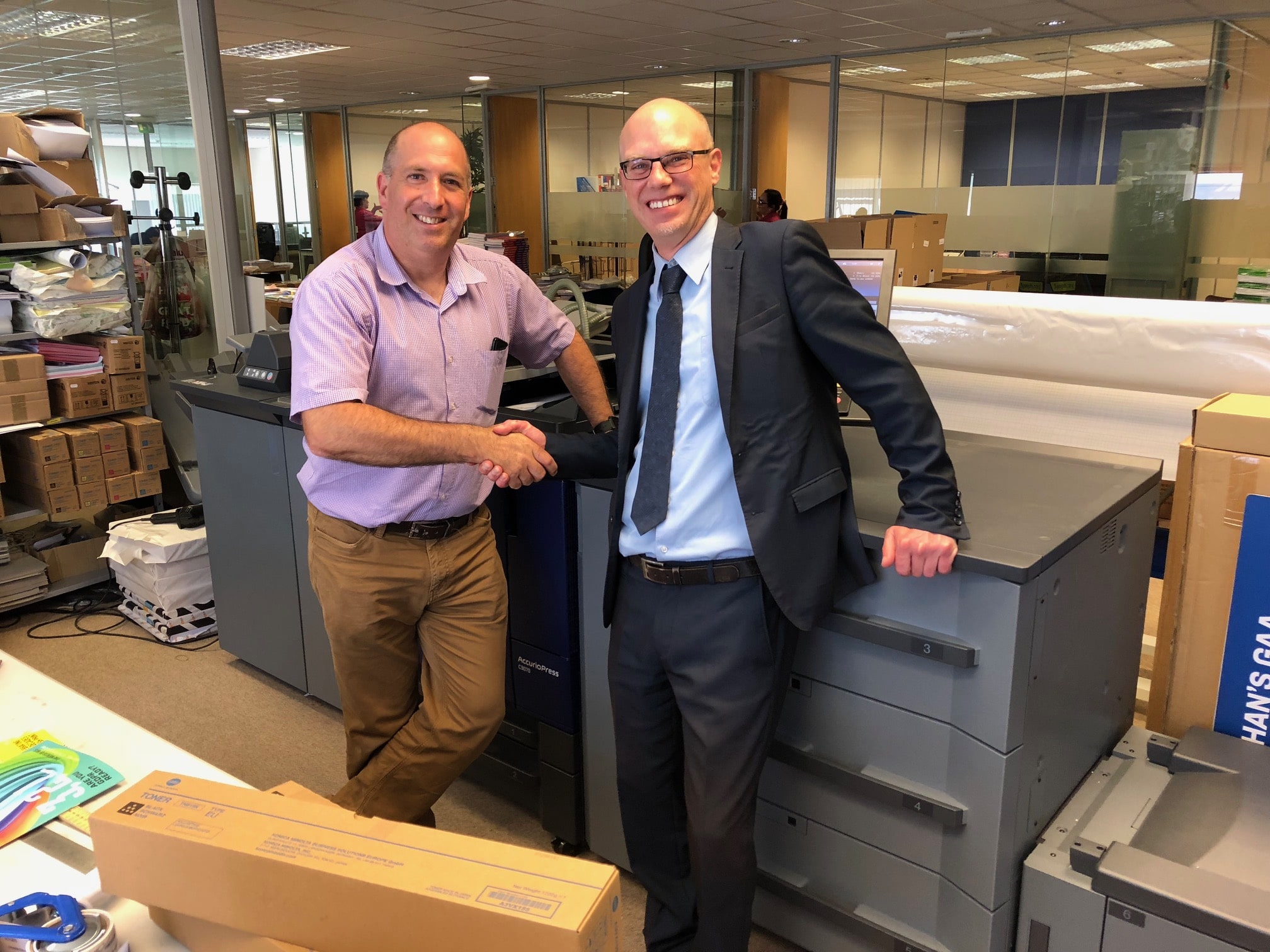Machinery from a bygone era that celebrates Ireland’s printing heritage was on display for guests attending the ‘Print Evolution’ event at the National Print Museum. Organised by Canon and Antalis, the event brought together industry experts for a discussion about the evolution of print in Ireland. Guests were also treated to live demonstrations as volunteers put some of the machinery through its paces.
Speakers throughout the evening included Jonathan Tame from Two Sides, an organisation that works to underline the unique qualities of print and paper. Jonathan talked about the various resources from Two Sides that print firms can utilise when it comes to promoting the use of paper. A host of infographics, a ‘Myths and Facts’ booklet and ‘Love Paper’ posters are all available from the organisation, which help reinforce the fact that print and paper are a versatile, effective and powerful means of marketing and communication.
Also speaking at the event was Jacky Hobson from Up-Marketing with a presentation that investigated who today’s print customer really is. Jacky’s research found that although there has been a dramatic reduction in the number of traditional print buyers and print procurement teams, digital printing offers a wealth of opportunities for any business or organisation that has a requirement to communicate personally. She also talked about GDPR and the potential advantages this could present to printers, along with opportunities associated with personalised printed materials for member organisations and direct mail for subscription services.
Finally, Jim Whittington from Antalis talked to guests about Powercoat Alive, the company’s NFC paper for both professional and end-user finishing. This read-to-print paper features an embedded NFC chip, allowing instant integration of smart functionality and interactivity with the end-user.
After the presentations, guests were invited to have a bite to eat and enjoy a glass of wine while live demonstrations continued around them. The evening ended with a goody bag which contained, among other things, a copy of the 1916 proclamation printed on a machine very similar to the one used to print the original document.








